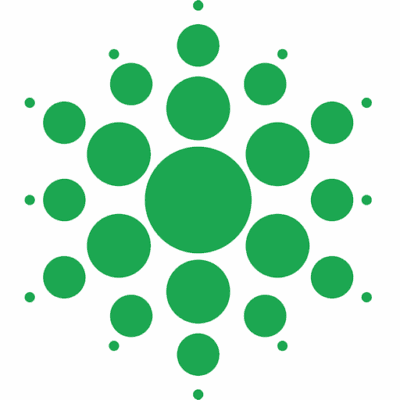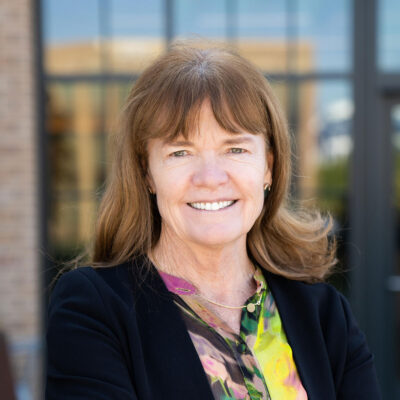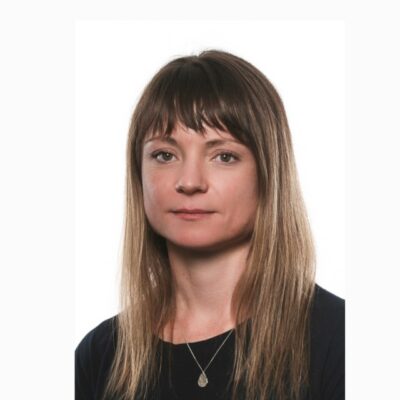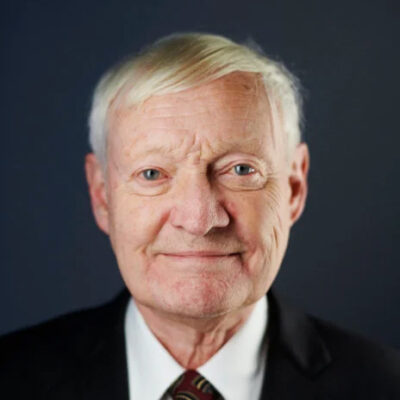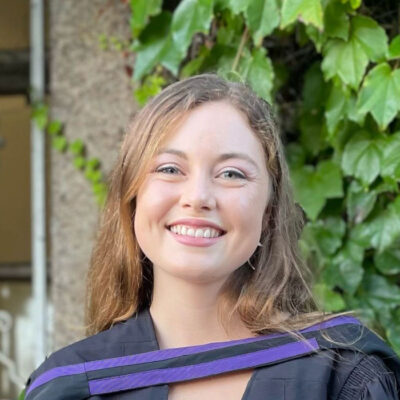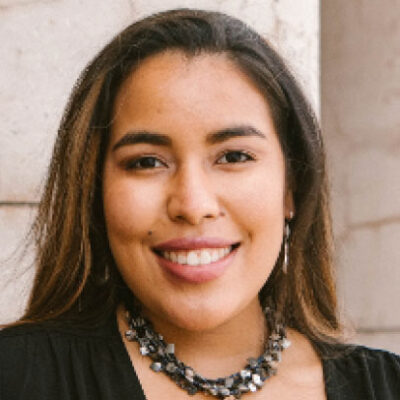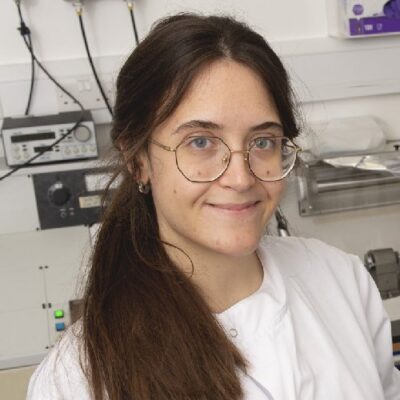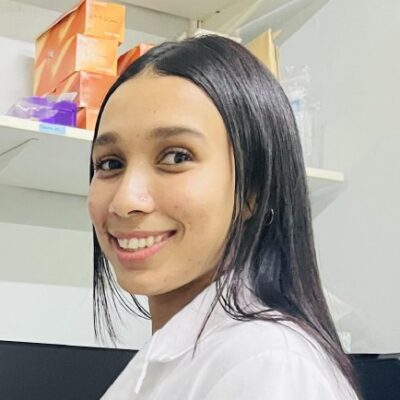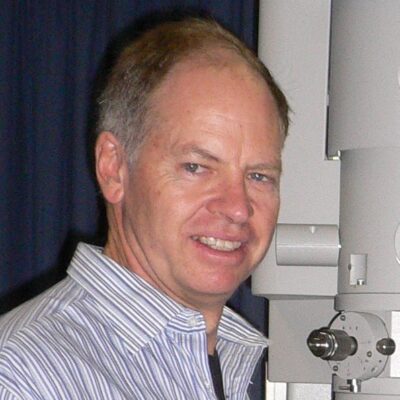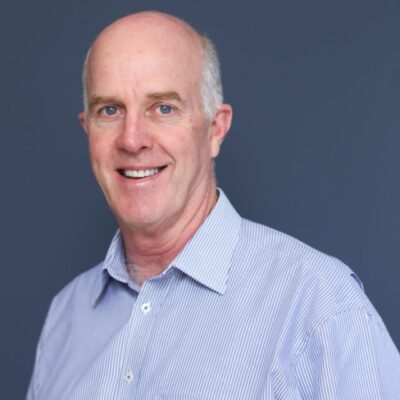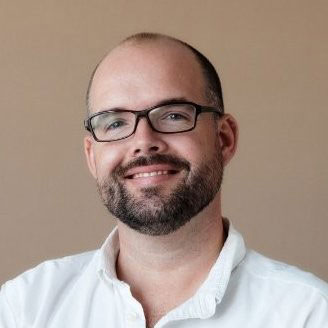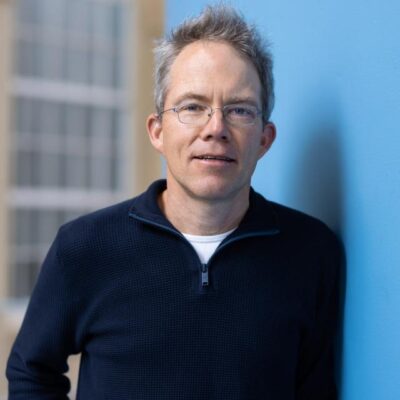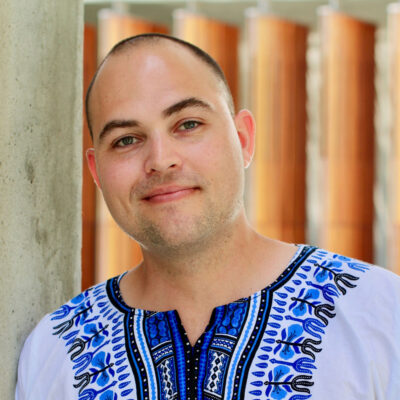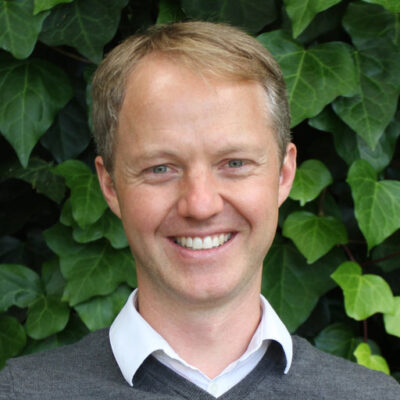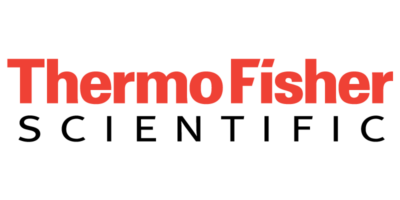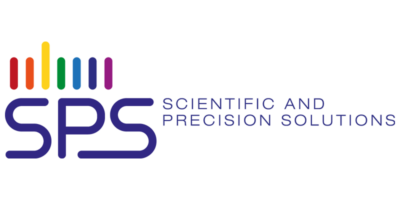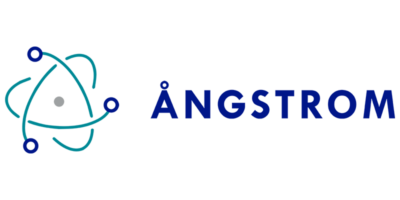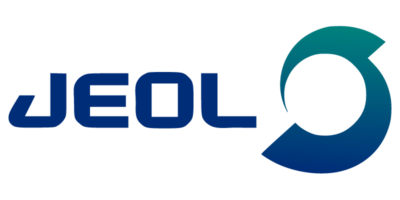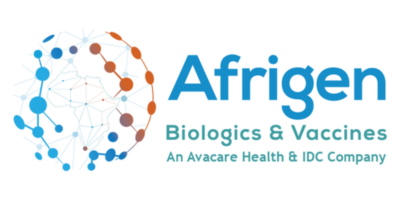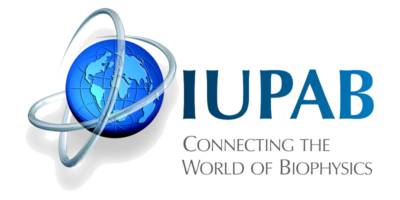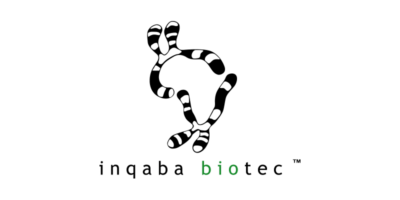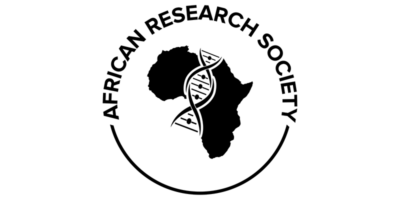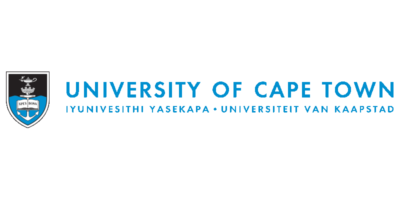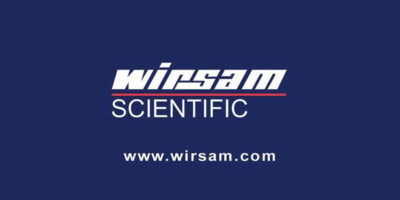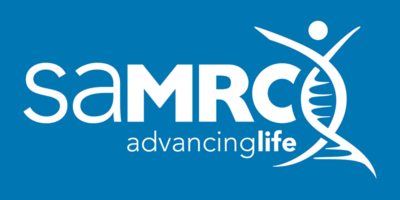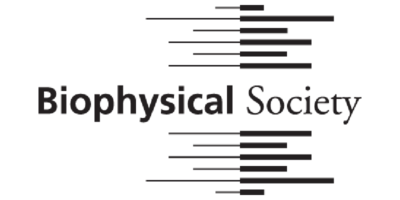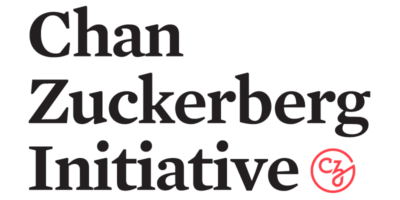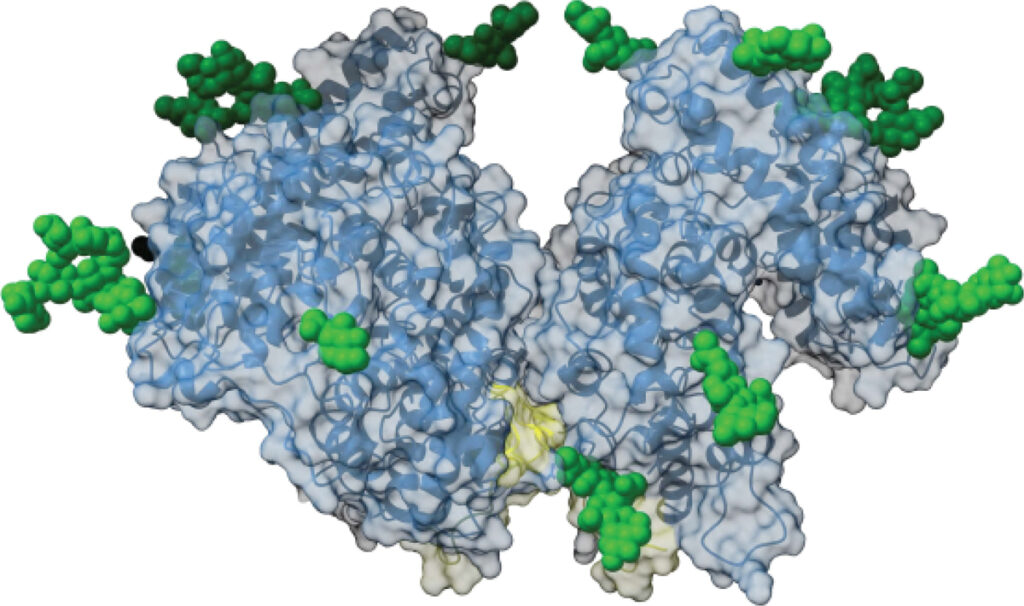
- Saturday 17 Aug: “lnside the Researcher’s Mindset” lecture
- Sunday 18 Aug: Social Event
- Monday 19 Aug: “The role of CryoEM in discovering new drugs and vaccines” hybrid workshop
- Tuesday 20 Aug: VC’s lecture “Cryo-electron microscopy, a new foundation for molecular medicine and drug design“
Hybrid Workshop: The role of cryo-EM in discovering new drugs and vaccines
The videos are embedded in the Workshop Schedule table below, or you can go to the YouTube playlist for all videos:
Brochure
Workshop Schedule
| Time | Speaker | Title | Allocation | |
|---|---|---|---|---|
| 9:00AM — 9:15AM |
Digby Warner Trevor Sewell |
Welcome Introduction |
15 minutes | |
| 1. | 9:15AM — 10:10AM | Joachim Frank |
The role of single-particle cryo-EM in discovering new drugs and vaccinesSingle-particle cryo-EM, in being able to capture an entire spectrum of states of a biomolecular complex, is uniquely suited for drug discovery as well as development of vaccines. Increasingly the capacity of a biomolecule to “breathe” and change its structure dynamically in the thermal bath is recognized as key in understanding drug efficacy and, more generally, the propensity of its interaction with antibodies and other ligands. We anticipate that this aspect is further illuminated in the development of powerful time-resolved cryo-EM methods. |
45 minutes presentation 10 minutes Q&A |
| 2. | 10:10AM — 10:40AM | Michael Lawrence (Zoom from Melbourne) |
Unwrapping insulin signalling by cryo-EMThe atomic structure of insulin has been known since the late 1960s, but it is only relatively recently that molecular detail has been obtained of the insulin receptor and of the way in which insulin and its receptor interact and effect signal transduction into the cellular interior. These advances have been dependent both on the use of synchrotron x-ray sources for crystallographic study and on the use of cryo-EM for single-particle reconstruction. The talk will discuss the complementary nature of these technologies in the context of these discoveries. |
30 minutes presentation and Q&A |
| 10:40AM — 11:20AM | Coffee Break |
40 minutes | ||
| 3. | 11:20AM — 11:50AM | Constantinos Kurt Wibmer |
Structure-guided immunogen and immunotherapeutic designStructural biology is essential for the rational design of novel vaccines, drugs, immunotherapeutics, or other biologics. Stabilised HIV-1 envelope antigens have facilitated the discovery of rare broad and potently neutralizing antibodies, and structure-guided stabilisation of coronavirus spikes facilitated the rapid design of SARS-CoV-2 spike vaccines. Similarly, snakebite envenomation, which kills >135,000 people annually, remains a Neglected Tropical Disease, with the only effective antivenom (polyvalent animal plasma) made through outdated technology. Our work in mAb discovery and structure-guided design has impacted HIV-1 and SARS-CoV-2 vaccine development, and has led to next-generation monoclonal antivenom antibodies for the treatment of bites by African mambas and cobras. |
30 minutes presentation and Q&A |
| 4. | 11:50AM — 12:20PM | Jason van Rooyen (Zoom from Didcot) |
Supporting the adoption of cryo-EM by industry at Diamond Light SourceThe electron Bio-Imaging Centre (eBIC) at Diamond Light Source offers a unique service to pharma and biotech companies to rapidly advance their discovery and development of lead compounds, biologics, or drug carriers whilst uncovering valuable information regarding biomolecule structure, stability and domain flexibility by using cryo-EM. By offering flexible access to worldclass cryo-EM facilities, including dedicated Glacios and Krios microscopes, and highly-experienced scientists, eBIC for Industry lowers the barrier to entry for a technique traditionally requiring large capital and training investments. |
30 minutes presentation and Q&A |
| 12:20PM — 1:20PM | Luncheon |
1 hour | ||
| 5. | 1:20PM — 2:00PM | Ed Sturrock |
Cryo-EM structure of angiotensin-converting enzyme: Novel structural and mechanistic insights into cooperativity, dimerization and allosteryAngiotensin-converting enzyme (ACE) is a zinc metallopeptidase that plays a critical role in blood pressure, and fluid and electrolyte homeostasis. ACE can cleave angiotensin I, bradykinin, and many other peptide substrates. Until recently, little was known regarding the specific role of each of the two ACE domains, their 3D structural orientation, dynamics and dimerization. In this talk I describe the first cryo-EM structures of full-length, glycosylated somatic ACE. Mechanisms are proposed for domain hinging, cooperativity, and homodimerization. Furthermore, the observation that both domains were in the open conformation has important implications for the design of allosteric modulators of ACE. |
30 minutes presentation and Q&A |
| 6. | 2:00PM — 2:30PM | Katerina Naydenova (Zoom from Cambridge) |
Structure determination by cryo-EM at 100 keVElectron cryomicroscopy can, in principle, determine the structures of most biological molecules, but is currently limited by access, specimen preparation difficulties and cost. We present a purpose-built instrument operating at 100 keV (instead of the widely-used 300 keV instruments) – including advances in electron optics, detection and processing – that makes structure determination fast and simple at a fraction of current costs. We demonstrate the capabilities of this new microscope by determining the structures of eleven different biological specimens, using a fraction of the time and data normally required. Microscopes designed specifically for highefficiency, on-the-spot imaging of biological molecules will help drive the continuing exponential growth in the number of structures determined by cryoEM. |
30 minutes presentation and Q&A |
| 7. | 2:30PM — 3:00PM | Jeremy Woodward |
Development of a two-component nanoparticle vaccine displaying an HIV-1 envelope glycoprotein that elicits Tier 2 neutralising antibodiesDespite treatment and other interventions, an effective prophylactic HIV vaccine is still an essential goal in the control of HIV. Inducing robust and long-lasting antibody responses is one of the main targets of an HIV vaccine. Delivery of HIV Env using nanoparticle (NP) vaccines has been shown to elicit better immunogenicity than soluble HIV Env. In this talk I describe the development of a nanoparticle-based vaccine decorated with HIV Env using the SpyCatcher/SpyTag system and its characterisation by cryo-EM. Rabbits primed with two doses of DNA vaccines and a mosaic subtype C Gag and boosted with three doses of the NPs developed autologous Tier 2 neutralising antibodies. |
30 minutes presentation and Q&A |
| 3:10PM — 3:25PM | Coffee Break |
15 minutes | ||
| 8. | 3:25PM — 3:40PM | Danielle Martin | Design of soluble HIV-1 Env trimers from highly neutralization-resistant HIV-1 strains for the isolation of broadly neutralizing antibodies | 10 minutes presentation 5 minutes Q&A |
| 9. | 3:40PM — 3:55PM | Paige Mackenzie | Using cryo-EM to investigate mycobacterial pilin | 10 minutes presentation 5 minutes Q&A |
| 10. | 3:55PM — 4:10PM | Lauren Coulson | Target-based drug discovery at the Holistic Drug Discovery and Development Centre | 10 minutes presentation 5 minutes Q&A |
| 11. | 4:10PM — 4:25PM | Veneshley Samuels | A new look at an old target: towards cryo-EM elucidation of bioaerosol-captured Mycobacterium tuberculosis | 10 minutes presentation 5 minutes Q&A |
| 12. | 4:25PM — 5:00PM |
Bridget Carragher (Zoom from the Chan Zuckerberg Imaging Institute) |
Tools and technologies for cryo electron tomographyThe mission of the Chan Zuckerberg Imaging Institute (CZII) is to enable deep insights into the architecture of complex biological systems at the molecular level, through the development and application of novel imaging technologies. The initial grand challenge for CZII is to develop technologies and methodologies to image the molecular architecture of the cell to near atomic resolution using cryo-electron tomography. I will describe our plans and progress on the platforms, technologies and driving biological projects that have been initiated towards these goals. |
30 minutes presentation 5 minutes Q&A |
| 5:00PM — 5:20PM | Closing remarks and discussion |
20 minutes | ||
